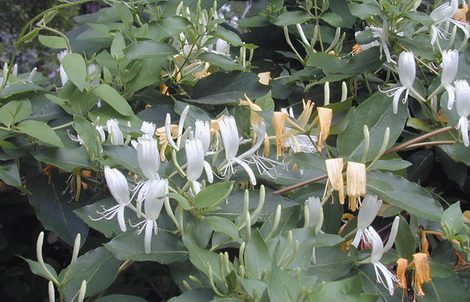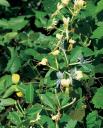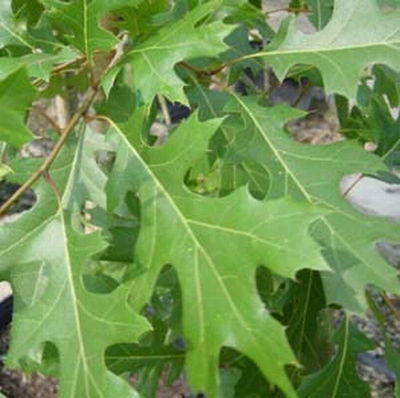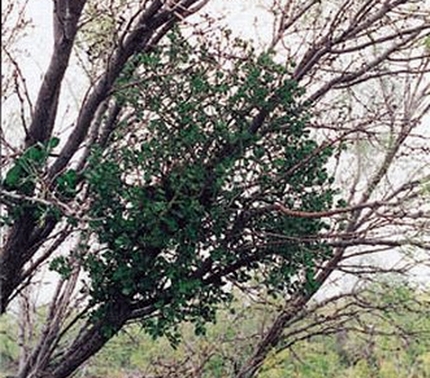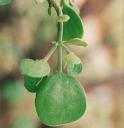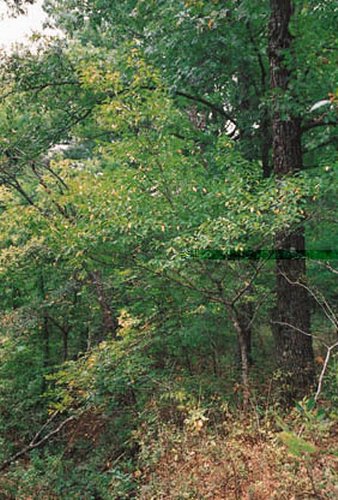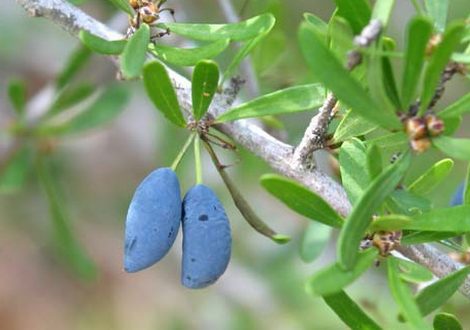
Deer Food: Elbowbush (Forestiera angustifolia)
Class: browse; moderately preferred by deer
Description: A perennial, small rounded shrub occurring in open fields, brushy prairies and limestone outcrops. The stems of elbowbush are often looping and appear almost vine-like in many instances.
The fruit may be eaten by some birds and mammals, but white-tailed deer use foliage for browse where this plant is found. Elbowbush’s shrubby growth form provides good cover for deer and other wildlife.
Elbowbush Photos:




